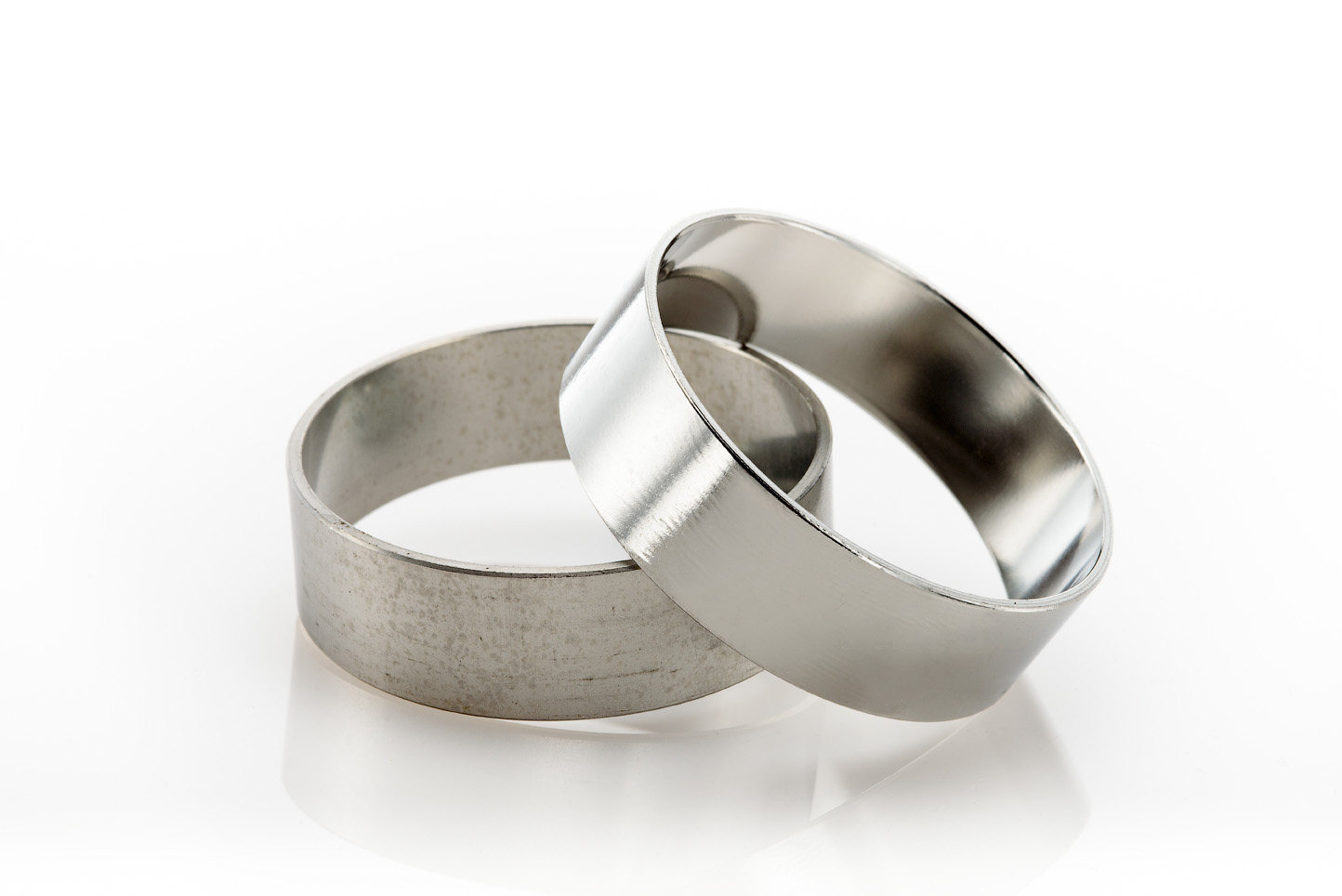Laser Slag Removal
Precision Cleaning for Laser-Cut Stainless Steel Components
Laser cutting is an essential manufacturing process for creating precise stainless steel parts, but it often leaves behind a common byproduct—laser slag. This residue, also known as dross, consists of re-solidified metal that clings to the surface or edges of parts after laser cutting. If not properly removed, laser slag can interfere with downstream processes like passivation, electropolishing, welding, or cleanroom assembly.
At New England Electropolishing, we specialize in laser slag removal for stainless steel components, particularly those used in high-purity industries such as medical, pharmaceutical, and semiconductor manufacturing. Our process ensures your parts are not only clean and slag-free, but also optimized for corrosion resistance and aesthetic consistency.
Why Laser Slag Must Be Removed
Laser slag creates surface irregularities and contaminant traps that can compromise the quality and performance of stainless steel parts. If left in place, slag can:
-
Interfere with electropolishing or passivation processes
-
Trap contaminants that lead to corrosion or reduced cleanliness
-
Cause weld failures or dimensional inconsistencies
-
Pose a risk in cleanroom and sterile environments
-
Prevent proper coating or adhesive bonding
Removing laser slag is a critical step in the finishing process, especially for industries that demand flawless surfaces and contamination-free results.
Our Laser Slag Removal Process
New England Electropolishing uses a combination of mechanical and chemical techniques to remove laser slag from laser-cut components. Depending on the part geometry, alloy type, and surface requirements, we may use:
-
Targeted abrasive cleaning or tumbling to knock off slag residues
-
Chemical cleaning baths to dissolve residual contaminants
-
Electropolishing to smooth the surface and passivate the metal
-
Citric or nitric acid passivation to restore corrosion resistance
We tailor the process to each project, ensuring the laser slag is fully eliminated without compromising the part’s structural integrity or functional requirements.
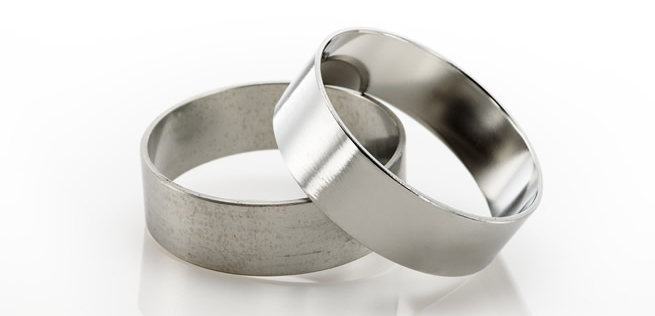
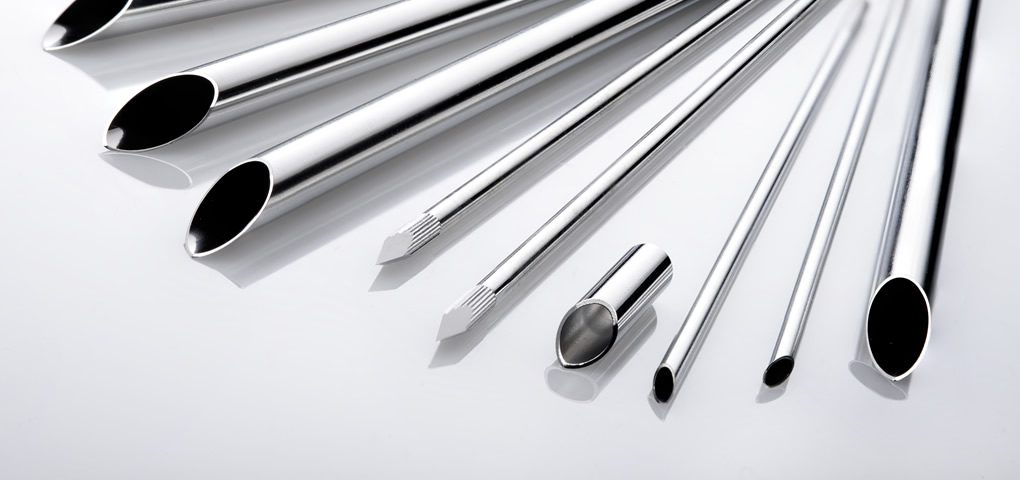
Case Study: Laser Slag Removal for Stainless Steel Tubes
A client in the medical device industry came to us with a challenge: they needed laser-cut stainless steel tubes cleaned and prepped for electropolishing. The laser cutting process had left behind a ring of slag and burn residue on the interior edges—an issue that could interfere with downstream passivation and compromise the product’s cleanliness.
Our team developed a specialized slag removal process that included:
-
A custom abrasive cleaning method to remove slag from the inner edge
-
Precision rinsing and drying to prevent spot formation
-
Follow-up electropolishing to smooth and refine the surface
-
Final citric acid passivation to ensure maximum corrosion resistance
The result? A smooth, clean, slag-free interior that met the client’s cleanliness and performance standards. The components passed all validation tests and were approved for use in cleanroom manufacturing.
Industries We Serve
Our laser slag removal services are ideal for stainless steel components used in:
-
Medical devices
-
Pharmaceutical processing
-
Semiconductor manufacturing
-
Food and beverage equipment
-
Aerospace assemblies
-
High-purity and cleanroom applications
Whether you’re working with sheet metal, tubing, or precision-cut components, we can help ensure your parts are slag-free and finish-ready.
Get a Quote for Laser Slag Removal
Have laser-cut parts that require finishing? Trust the experts at New England Electropolishing. We’ve helped manufacturers across the U.S. achieve superior surface quality through precision laser slag removal and stainless steel finishing services.
Electropolishing Resources
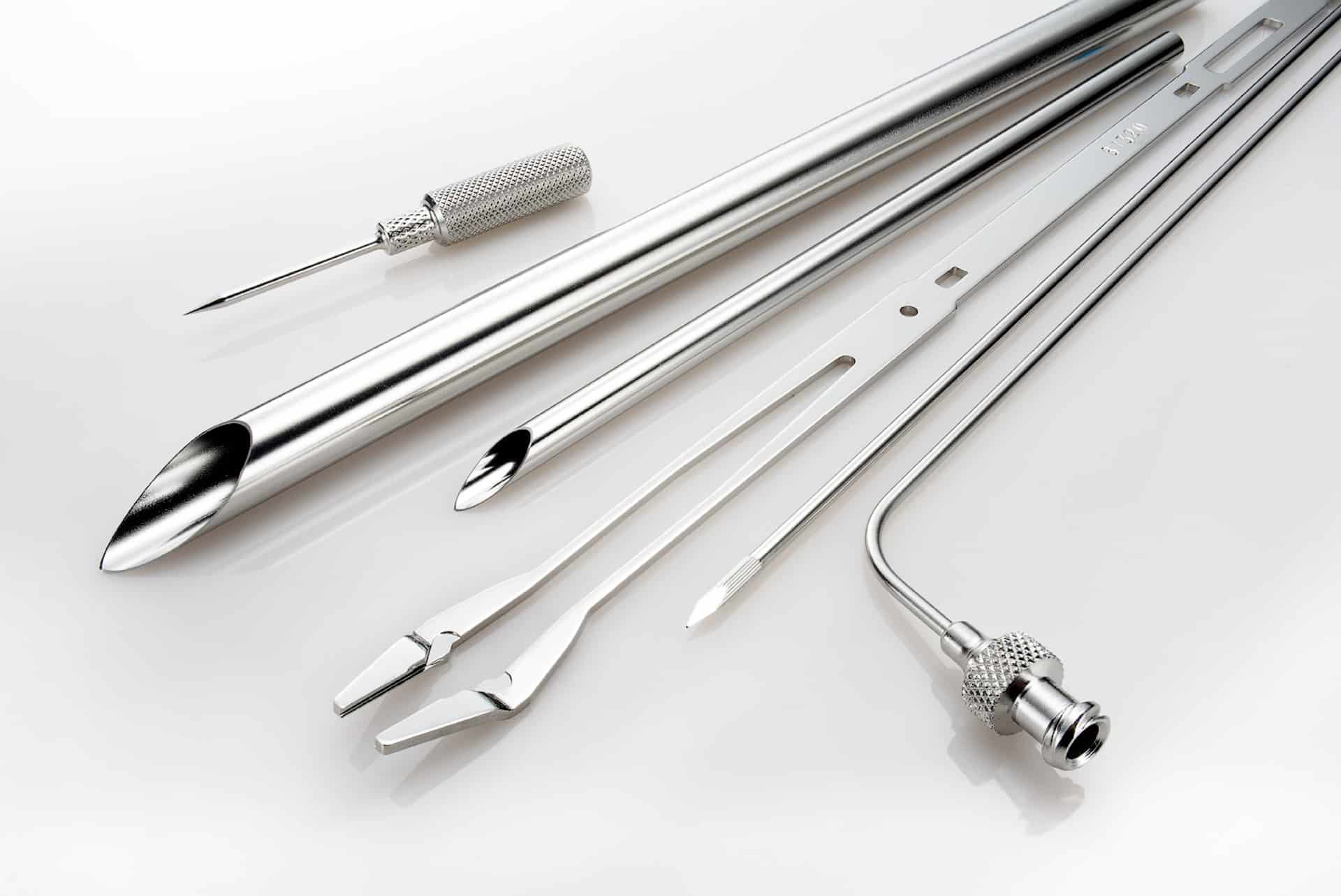
What is Electropolishing?
Electropolishing is an electrochemical and reverse plating process that removes the outer layer of skin on a metal...
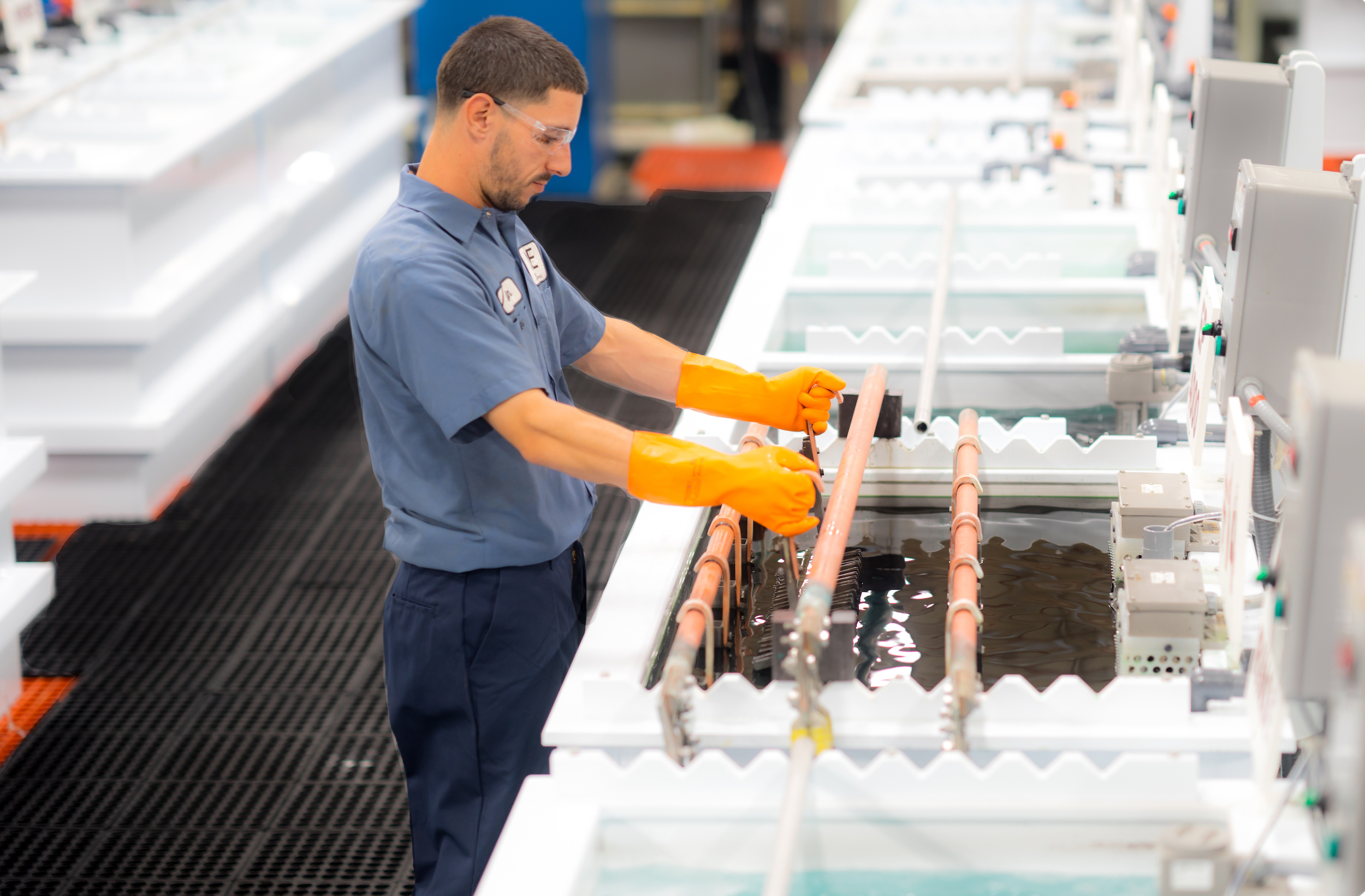
The Electropolishing Process
The electropolishing process is initiated by immersing a metal part into a temperature-controlled bath of electrolyte...
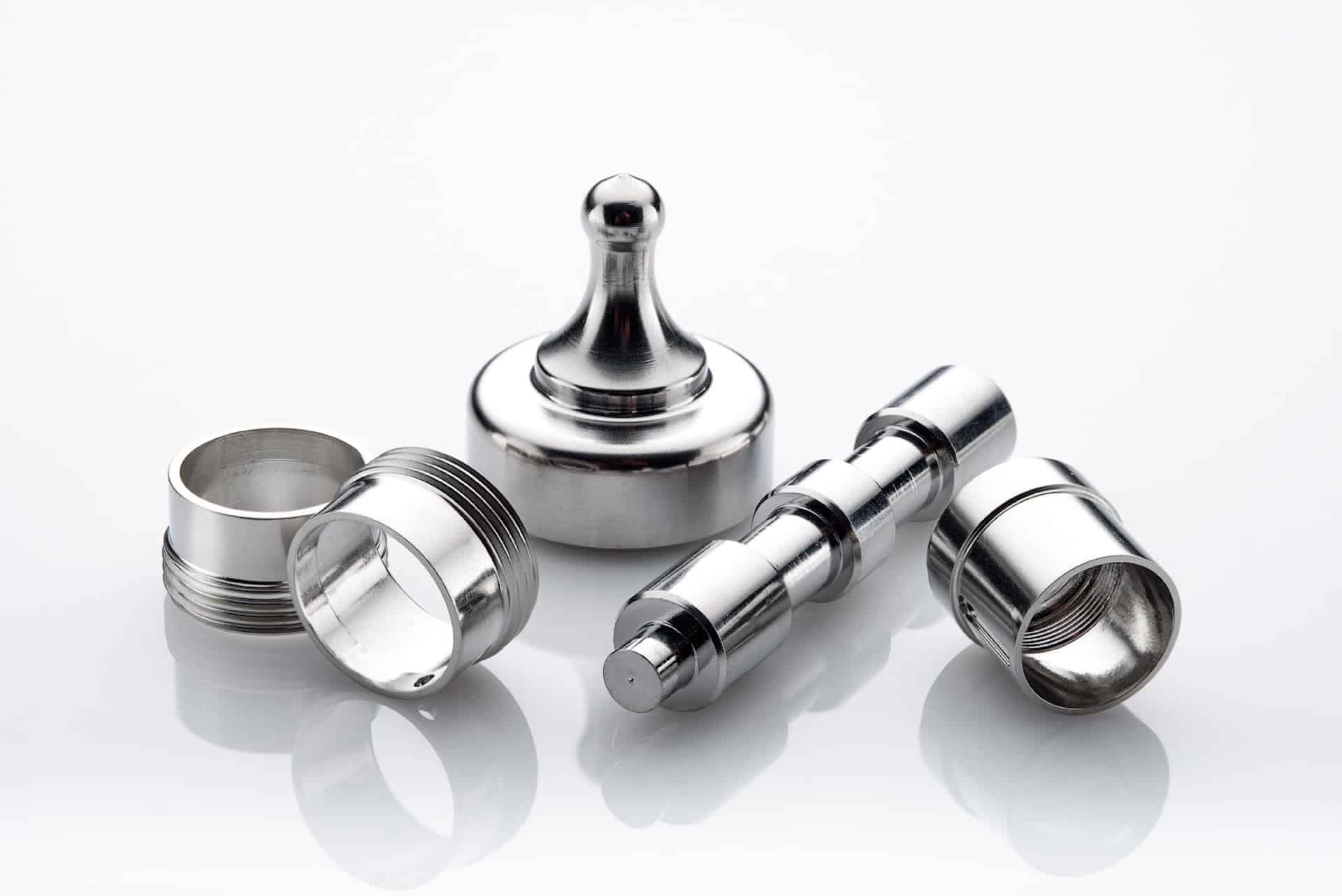
Benefits of Electropolishing
Curious about the benefits of putting your parts through the electropolishing process? Read along below where we...
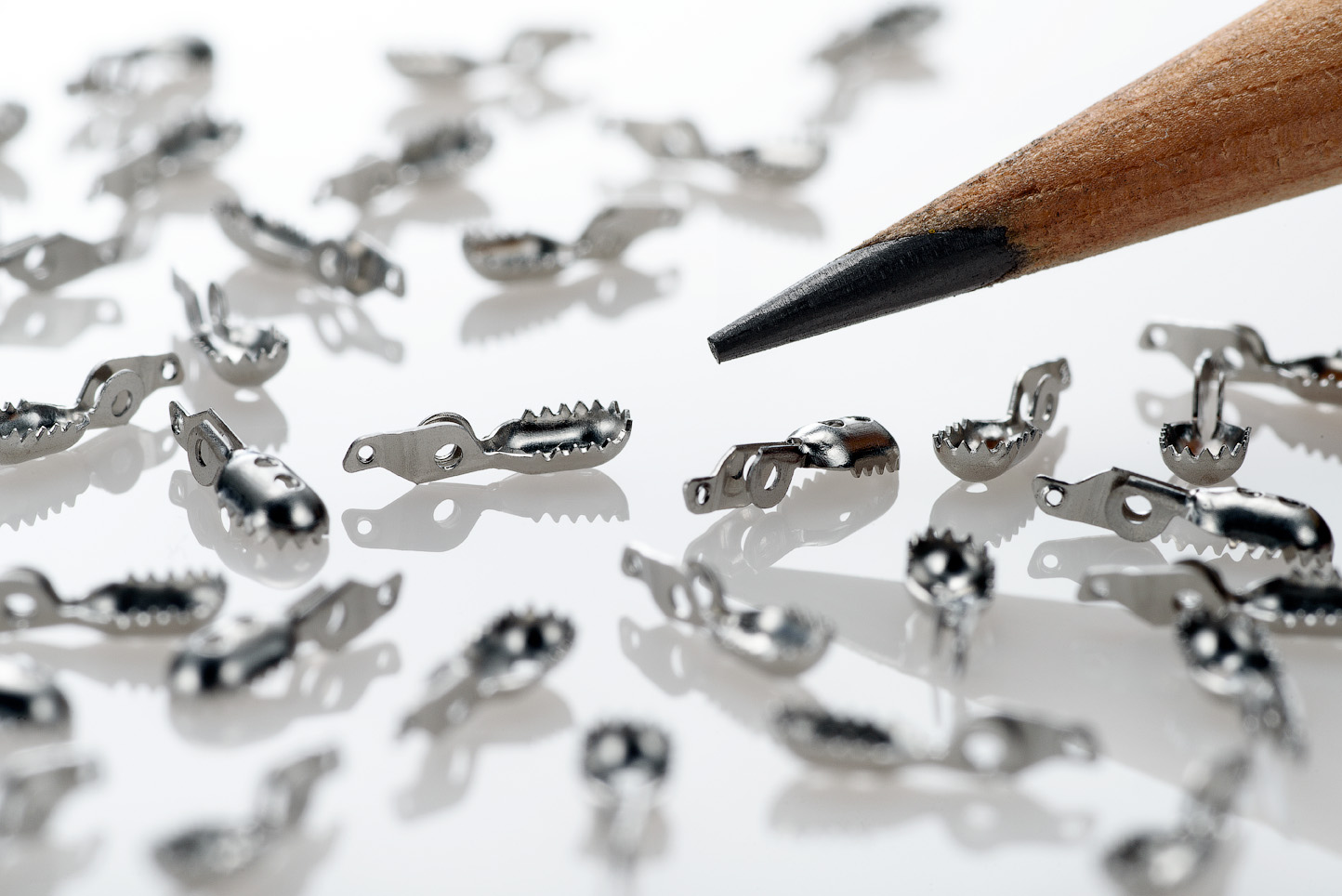
How Much Material Does Electropolishing Remove?
Electropolishing, when done properly is a highly controllable process which removes as little as...
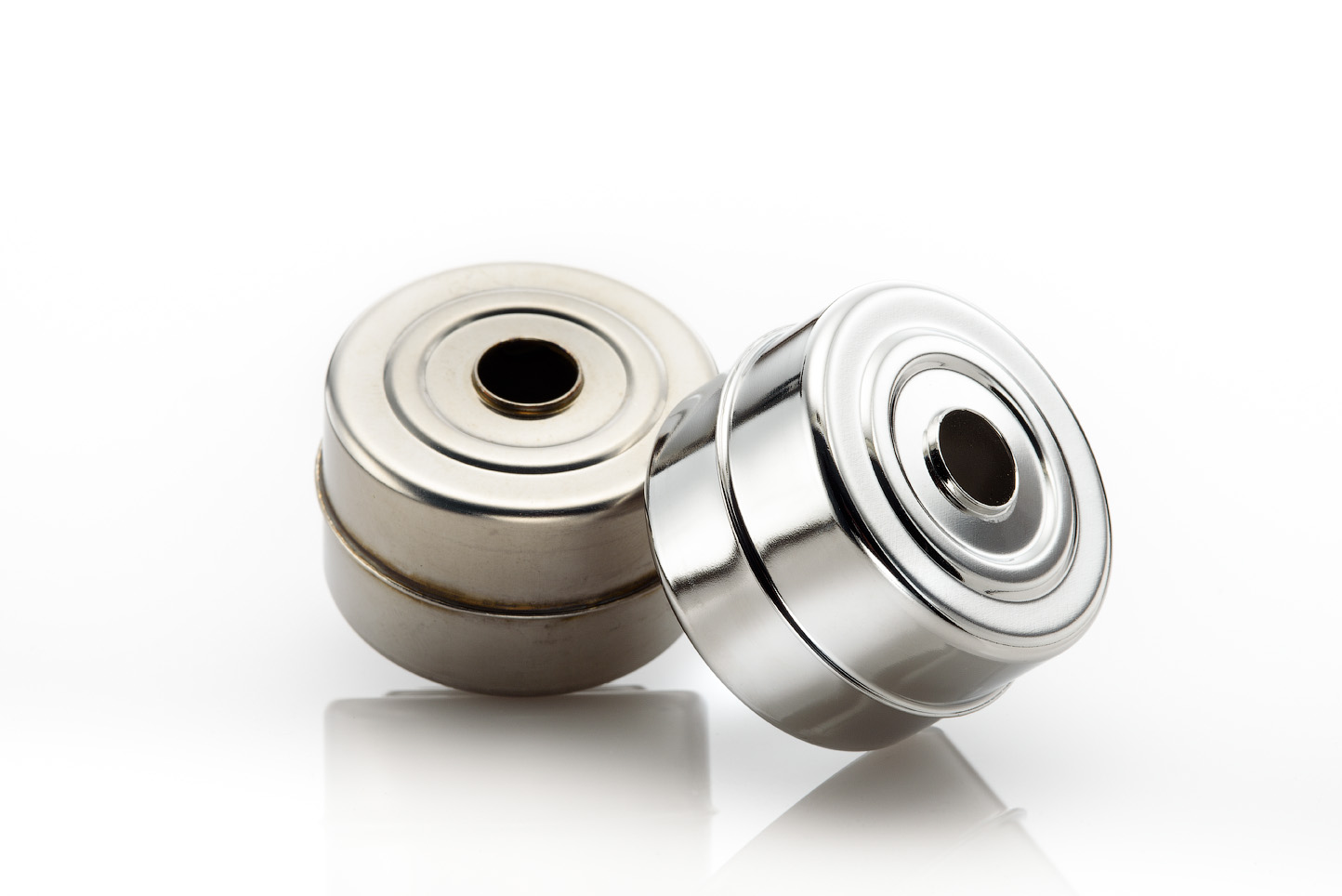
How Much Will Electropolishing Improve the Surface Finish of My Part?
Ra and RMS are both representations of surface roughness. Ra is calculated as the roughness average of a surface’s...
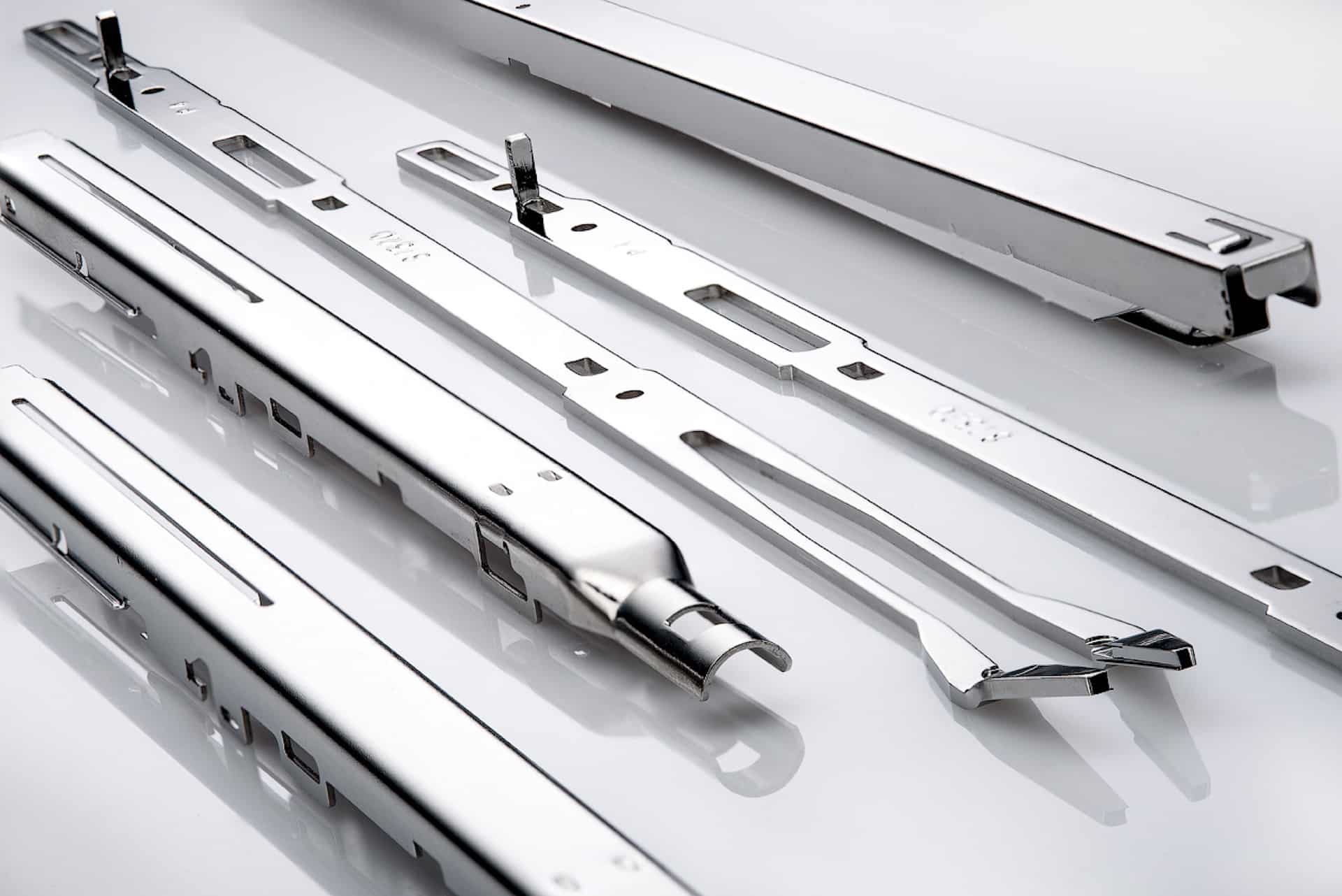
Electropolishing Frequently Asked Questions
Learn the difference between electropolishing and electroplating as well as how the electropolishing process works...
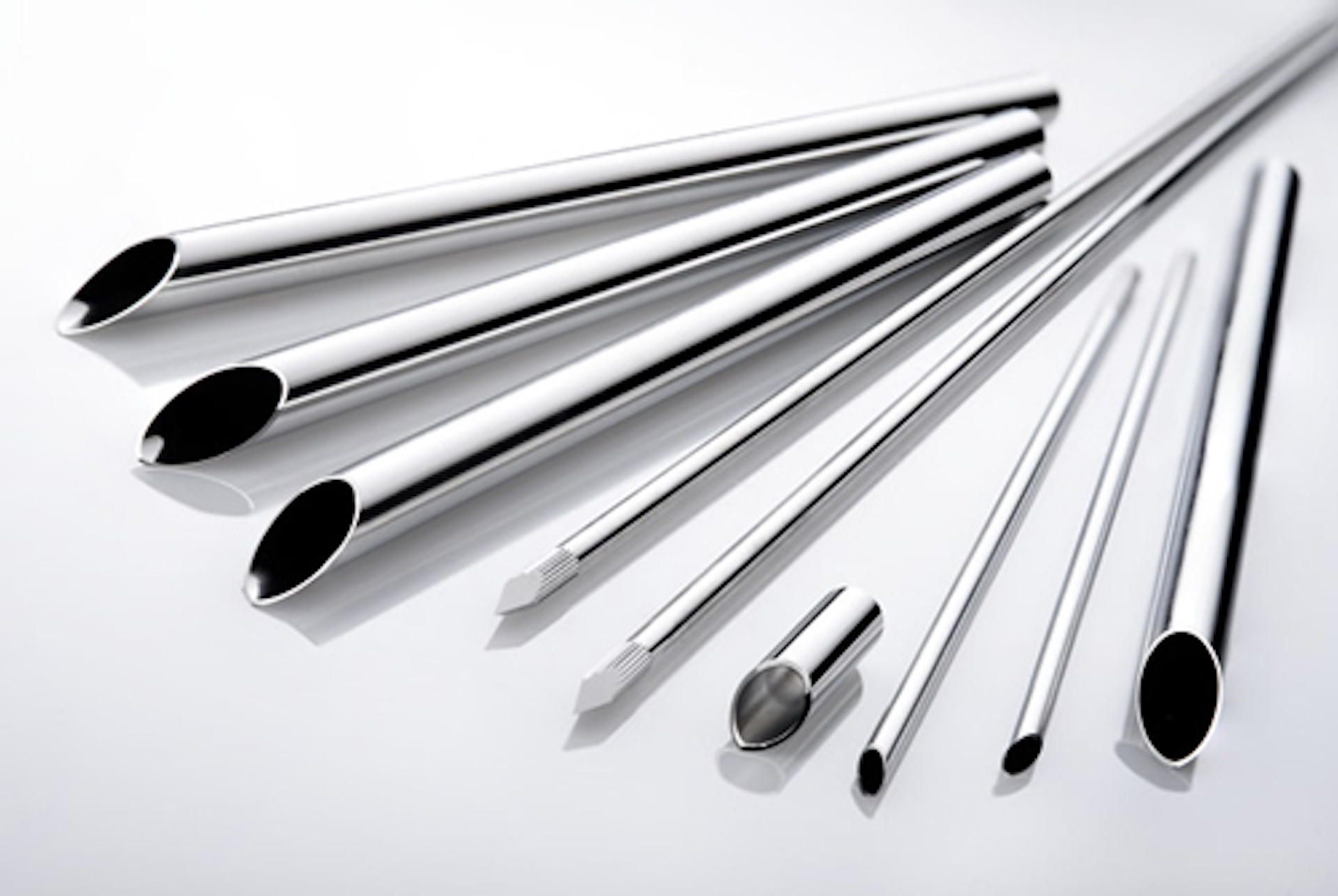
What is ASTM B912?
ASTM B912 is an industry standard for the passivation of stainless steel alloys through electropolishing...
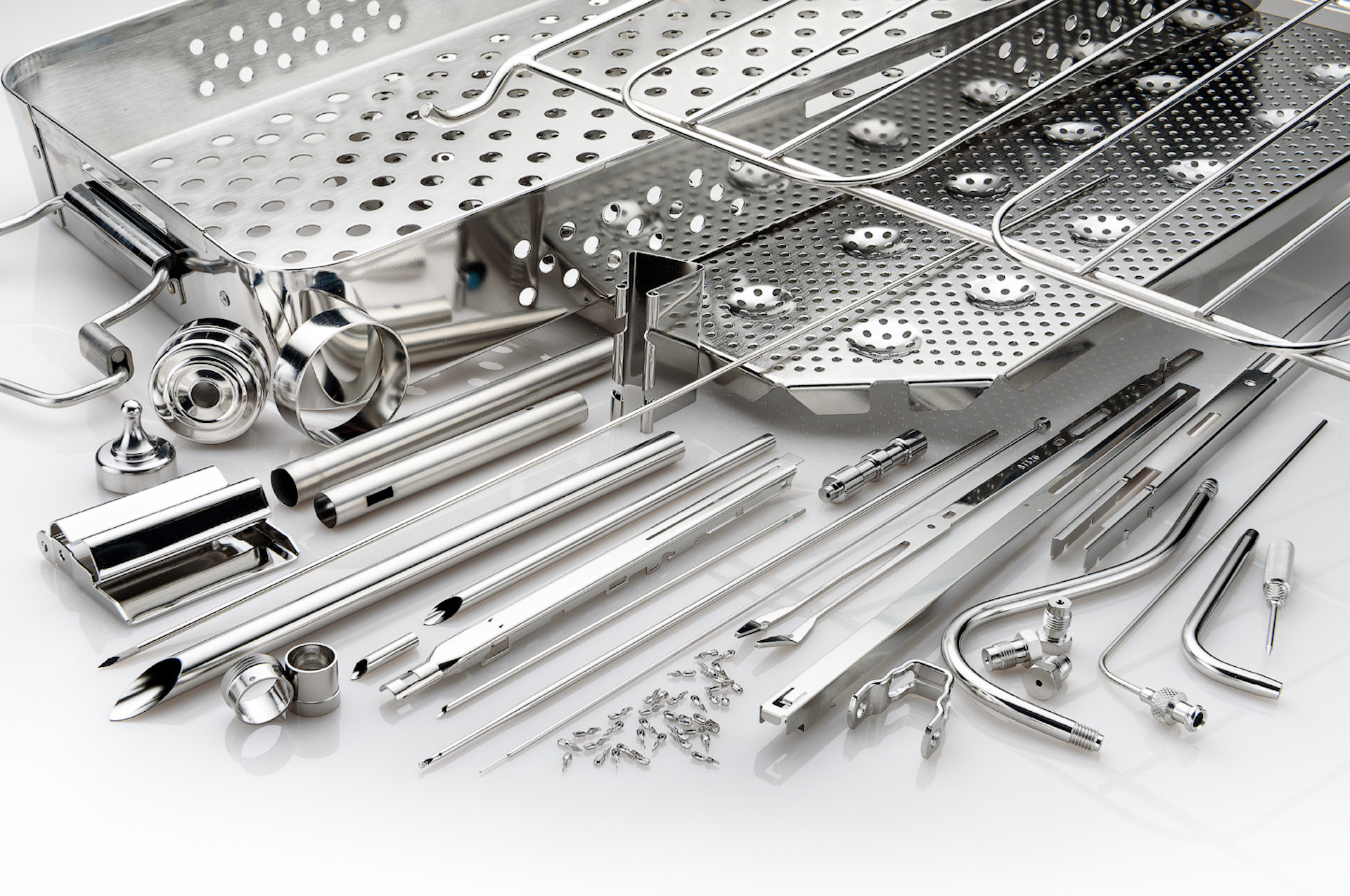
What is ASTM A967?
ASTM A967 is an industry standard specification for the chemical passivation treatments for stainless...
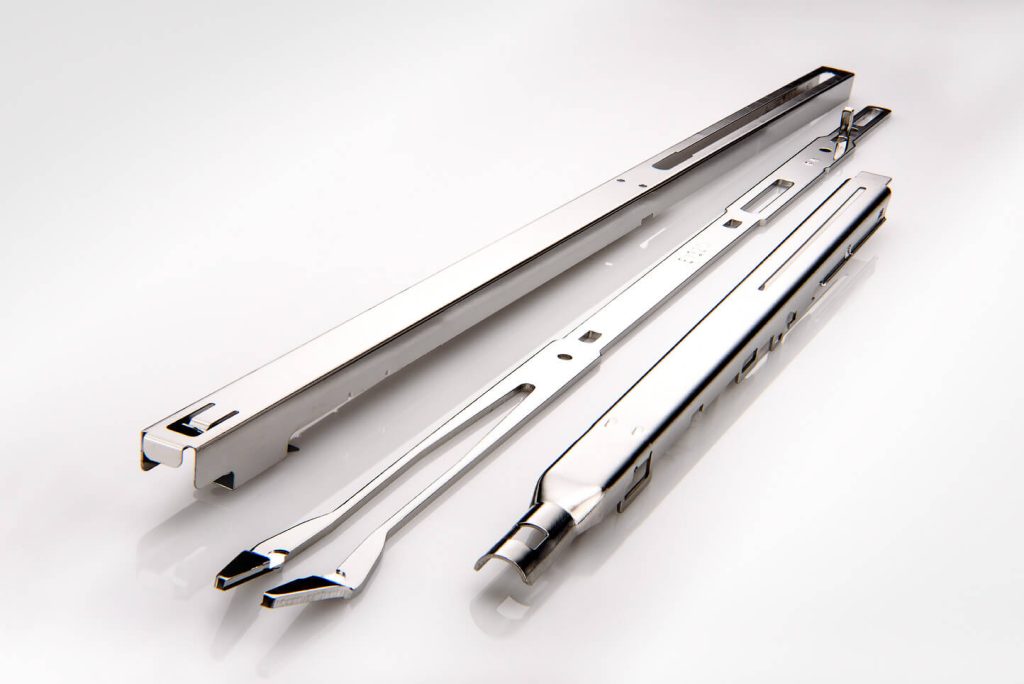
What is ISO 13485?
ISO 13485 is a standard that applies specifically to medical devices. ISO 13485 is designed to be...
